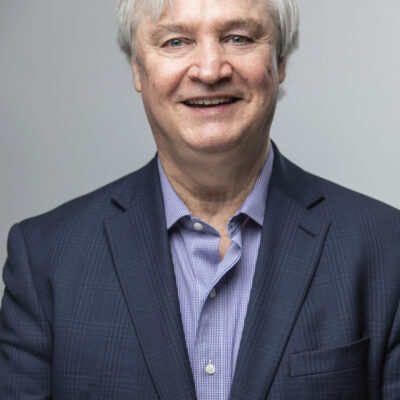
Last week, Media Impact Funders hosted a webinar about the emergence of the coronavirus pandemic and implications for media and philanthropy.
Watch the webinar:
In this informative discussion, we heard from David Quammen, the authoritative author on the spread of animal-borne infectious diseases, whose 2012 book Spillover: Animal Infections and the Next Human Pandemic, warned eloquently and convincingly that humanity faces a growing threat of deadly viruses.
In Spillover, Quammen warned of the Next Big One, a global pandemic that would be unleashed from the wild somehow, either directly from a host species like a bat or perhaps through an intermediate transmission by a pangolin or poultry or some other animal, such as those traded in “wet markets” where live animals are sold for food. As COVID-19 continues to spread around the world, unabated, “This is the nightmare virus, in some ways,” Quammen observes. There are viruses that are somewhat more deadly, in terms of the lethality of disease, like the SARS virus of 2003, which killed about 800 people in all. But that virus only spread among people who already displayed symptoms. COVID-19 is not quite as deadly, he says, however it “spreads very readily from people who are infected, but asymptomatic. So instead of just spreading on a cough or a sneeze, this virus spreads on a breath or a spoken word.”
We also heard from Todd Reubold, founder and publisher of Ensia, a nonprofit journalism organization that commissions and distributes reporting on climate and the environment. Recently, Ensia published an influential article in partnership with The Guardian in March, focusing on the connections between the wildlife trade, habitat loss and the spread of infectious diseases. As a result of its publication, the article has sparked a number of significant impacts. Reubold indicates that the United Nations was moved to undertake a new study on the links between environmental destruction and disease, officials associated with the British Prime Minister have also expressed concern and U.S. foundation officials suggested that nonprofit conservation groups have used the article to step up efforts to restrain the wildlife trade. As with all of Ensia’s reporting, Reubold says, readers are eager to see solutions to environmental challenges.
Reyhaneh Maktoufi, a Rita Allen Civic Science Fellow with NOVA at WGBH suggests that it’s particularly important for science writers who want to inform and persuade viewers must appreciate that there are lots of different types of audiences, with different identities and assumptions. “There are audiences that are already ready to hear all the facts,” Maktoufi said. “They want more information. While there are audiences that might see out of tribal hats, where you see someone from a distance and you’re like, ‘I know what this person is going to talk about. I know exactly what they are going to say.’ So how can we take our tribal hats off and show them that, hey, I’m going to talk to you about something that you might not be expecting. I’m not going to say you’re an idiot, you’re wrong. Let’s start with just listening, just talking and building that relationship.”
As a philanthropist, Simone Friedman sees the value in supporting a broad range of media and communications initiatives concerning problematic interaction of humans and animals. Of special interest in addressing the urgent matter of the spread of animal-borne diseases like COVID-19, Friedman has been involved in shaping a public information campaign around the dangers of consuming endangered species like the pangolin, a peculiar mammal that is shrouded in a cloak of interlocking scales that allow them to curl up into a ball as a natural defense mechanism. Supporting the international wildlife conservation advocates at Wild Aid, EJF Philanthropies supported a public service announcement that cleverly warns diners of the dangers of eating pangolin, which will hopefully help to shield them from further consumption and may also interrupt the transmission of a dangerous pathogen to humans in future.
In the end, there is reason for optimism—and concern.
“The good news, as I say at the end of the book, is that we are smarter than tent caterpillars,” David Quammen observes wryly. “Tent caterpillars explode into huge outbreak populations and then they die off in viral pandemics.”
The difference between humans and tent caterpillars is that we have “heterogeneity of behavior,” which means we can adapt our behavior to avoid the effects and the impact of viral outbreaks. “We can be smart and respond to a crisis.”
At the same time, humans also have the power to disinform ourselves, which may be an even greater threat. “We are too smart and imaginative for our own good, in some ways,” Quammen said. “We have a great appetite for disinformation if it’s sweet and tangy and it appeals to our political biases.”
Quammen warns finally, “We have a crisis going on that is probably bigger than the COVID crisis. And that’s the crisis threatening our democratic institutions because some people who have been disempowered, who have been left behind economically, have turned their anger and resentment into a great appetite for stories that appeal to them that are unsupported by fact, that are unsupported by science.”
“It’s a terrible crisis for democracies.”
